AKA: Godzilla 1985
Director: Koji Hashimoto
Cast: Keiju Kobayashi, Ken Tankaka, Yasuko Sawaguchi, Shin Takuma, Yosuke Natsuki, Eitaro Ozawa, Hiroshi Koizumi, Mizuho Suzuki, Taketoshi Naito
Running Time: 103 min.
By Kyle Warner
Godzilla’s back. Warner Bros. is crafting a kaiju shared-universe along the lines of what superheroes are doing and will be soon be pitting the Godzilla of 2014 against King Kong. Back in Japan, Toho has jumpstarted their own Godzilla series with Hideaki Anno’s Shin Godzilla, a film that tries new things with the 60 year old monster and has become the biggest domestic box office success of the series in Japan. Whether you’re a fan of the new direction that both Hollywood and Tokyo are taking with the classic monster, it’s a good time to be a fan. I don’t blame the fans who bemoan reboots, remakes, and sequels to their favorite films, but if there’s one thing that series revivals have taught us it’s that they often bring the older films back into the forefront with new, hopefully improved home video releases. Around the time that 2014’s Godzilla hit theatres, the Millennium series Godzilla movies and much of the Heisei movies were released on Blu-ray in the US for the first time. We also saw the first official US Blu-ray/DVD releases of Godzilla vs. Megalon, Godzilla vs. Biollante, and the Japanese cut of Godzilla 2000. Now Shin Godzilla is on its way and piggybacking on the excitement is the last classic Godzilla film without any kind of DVD or Blu-ray in the States, 1984’s The Return of Godzilla.
Godzilla had disappeared in the late 70’s following diminishing returns at the box office. This is partly due to series fatigue, and also the advent of Star Wars and other new age science fiction spectacles, as well as Toho’s pretty sweet deal as the distributor of Disney films at the period. But with 1984 came an opportunity to celebrate Godzilla’s thirtieth anniversary with an event, tent-pole film that would hopefully revive the series.
By this time, some of the classic talent that had built the series had either passed away or retired. Special effects wizard Eiji Tsuburaya had passed away when kaiju were still at their height in the 60’s and his company was now busier with Ultraman on TV than Toho’s film productions. Director Ishiro Honda had retired after the last Godzilla film, Terror of Mechagodzilla, and could not be lured back to the director’s chair (Honda did, however, assist longtime friend Akira Kurosawa in an assistant director role on various films in the 80’s and 90’s). Calls went out to Godzilla’s regular composer Akira Ifukube, but he too turned down the job. (Apparently Ifukube thought twice about it, though, because he would eventually return to the series for four of the five Godzilla films of the 90’s, doing some of his last, and indeed some of the best film scores of his long career.) Attempts to bring in some of the regular actors also met with sad disappointment. There was discussion of giving a lead role to Akihiko Hirata (best remembered as the tragic figure Dr. Serizawa), but sadly the actor passed away from cancer before production began.
And so The Return of Godzilla is a strange film caught in between two eras. It doesn’t have much of the talent seen during the Showa era, nor does it utilize the same people who’d soon become regulars in front of and behind the camera over the next couple decades. Taking over as director of Toho’s event film would be Koji Hashimoto, a longtime assistant director who only has one other directorial effort to his name, the odd 2001-inspired Sayonara Jupiter. The special effects were directed by Teruyoshi Nakano, who’d handled the special effects of the Godzilla films during the 70’s when the series was experiencing severe budget cuts. The cast was made-up primarily of newcomers to the series. Yosuke Natsuki (Ghidorah the Three-Headed Monster) is the only one from the main cast with any big kaiju experience, here playing a part very similar to Takashi Shimura’s Dr. Yamane from the 1954 original. Natsuki’s surrounded by young people, each more inexperienced than the last and given characters that lack an arc or any kind of relatable features. The poorly written characters that make up much of the cast is one of the film’s most glaring weaknesses. Veteran actor Keiju Kobayashi makes a stern appearance as Japan’s Prime Minister and Hiroshi Koizumi has a cameo as a geologist (again), but much of the cast is unfamiliar. And strangely, that’s fitting to the film, as this is a somber disaster pic more than the sci-fi fun times that Godzilla had come to be known for in recent years.
Return of Godzilla is a direct sequel to the 1954 original that totally does away with all the other sequels from Godzilla Raids Again to Terror of Mechagodzilla. Godzilla wakes up in the Pacific and starts swimming towards Tokyo, while Japanese authorities try to keep it a secret for fear of prematurely creating an international incident. But when Godzilla sinks a Soviet nuclear submarine, Cold War tensions hit a boiling point and Japan must reveal the truth. Ambassadors to the US and Russia quickly come to meet with Japan’s Prime Minister to discuss the Godzilla threat. Along with the original and perhaps 2016’s Shin Godzilla, The Return of Godzilla is an especially political entry in the series. Cold War enemies agree with one another that Japan must allow them to launch a nuclear missile at Godzilla in order to save the world, but Japan’s no nuke policy stands firm and the Prime Minister must send the Americans and Soviets home unhappy. But an accident makes the nuclear threat to Japan very real, and the world must come together in order to prevent further devastation.
Like the original Godzilla, this film was edited when it came to the US, inserting Raymond Burr into the film as American journalist Steve Martin. Godzilla 1985, as it was titled, removed content to make room for Burr’s added scenes. They also added Dr. Pepper product placement, a dumb comic relief character, and a highly questionable change to the Cold War message (more on that in a second). Burr’s presence in the original film was the only way much of the world knew the 1954 Godzilla for the longest time and the film fit right in with other classic Atomic Age monster movies. But when a worldwide rerelease of the original 1954 film revealed director Ishiro Honda’s intended vision, Godzilla became a dark, apocalyptic tale with a sad, hopeless tone. Likewise, with the new Blu-ray and DVD release of Return of Godzilla in the US, this will be the first chance that many fans will have had to see the original, unedited version of the film. Sadly, due to a rights quagmire, the US edit Godzilla 1985 is not included with the release and is unlikely to see the light of day anytime soon. And that’s too bad, really. Because while there is some unnecessary and stupid stuff in the 1985 edit, Raymond Burr brought a respectability to the part that I admire. There’s even two moments involving Raymond Burr’s dialogue that totally outdo what Toho had done with their original picture: 1) Burr’s Martin reminds his colleague, “just for the record, 30 years ago they never found any corpse.” It’s not much in the way of explaining Godzilla’s return but it’s more than The Return of Godzilla offers us. 2) The finale of both edits is sad – right there with the original film and Destoroyah as the saddest finales of the series – but it’s even better in the 1985 edit thanks to Raymond Burr’s voice over narration, which I believe he wrote himself. “Nature has a way sometimes of reminding Man of just how small he is. She occasionally throws up terrible offspring’s of our pride and carelessness to remind us of how puny we really are in the face of a tornado, an earthquake, or a Godzilla.” And so on.
Besides Dr. Pepper vending machines, where the 1985 edit goes wrong is how it treats the Russian nuclear bomb. See, in Tokyo Bay there is a Soviet vessel that’s home to a device with the power to launch a nuclear missile from a satellite orbiting the earth. When Godzilla arrives in the harbor, the ship is tossed around and its captain rushes to the nuclear device. Here’s where the two edits differ. In the Japanese version, the Soviet captain pleads for strength to stop the nuclear countdown, but dies before he can reach the button. In the American edit, the Soviet captain is going to the device as the sink ships because he’s trying to launch the missile. He dies right after he presses the button, thus officially making the Russians the bad guys of the picture and putting the U-S-of-A in the position of saving Tokyo from nuclear annihilation. See, the thing that’s frustrating about it is that the Japanese edit shows mankind coming together and trying to prevent needless death and destruction, despite whatever disagreements we might’ve had at the time. The US edit wants a bad guy in the Cold War and you can bet it’s not gonna be America. So, my fellow Americans, now you get to see the original version, where some Russian dude on a sinking ship didn’t spend his last moment of life trying to nuke a populated metropolis.
The Return of Godzilla also addresses Godzilla in a scientific way that most films had not really bothered with up until now. If Godzilla was originally envisioned as the walking embodiment of the nuclear bomb, then Return of Godzilla sees him as a nuclear reactor, something that must refuel on radiation in order to survive. Also driven by evolutionary links to dinosaurs and birds, Godzilla feels the need to migrate. In an interesting twist, scientists theorize that perhaps they can use the creature’s very nature against it and lead it towards its death at the mouth of an active volcano.
Godzilla’s appearance harkens back to the original design with a more pronounced set of fangs. Overall it’s a cool design for the monster, though sometimes its eyes look silly as they’re almost always looking upwards. Supposedly Toho originally planned to film the movie without suit actors, utilizing a giant, 16-foot robotic Godzilla which they’d called the Cybot, which they proudly displayed to the press before production. The Cybot was impressive when it was just standing there, but when asked to move its mechanical limitations were all too apparent. Toho ended up going to suitmation actor Kenpachiro Satsuma for most of the Godzilla action and went to the robot for the occasional close-up. They also created a giant foot for stepping on people, though it’s definitely the least effective special effect in the film and was thankfully only used a couple times.
The Return of Godzilla is one of the most mature, thought-provoking, and dramatic of the long running kaiju series. Lacking an opponent kaiju, fun characters, and the usual childlike glee, it’s not the fun crowd-pleaser that some may expect from a Godzilla movie. I quite like it, personally. With a cool, polished look, a darker approach to the monster, and an excellent score from Reijiro Koroku (one of the best non-Ifukube Godzilla scores), The Return of Godzilla is a defining chapter in the series and is one that fans don’t want to miss.
Kyle Warner’s Rating: 7.5/10

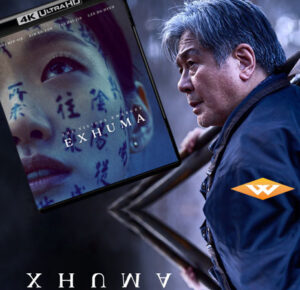
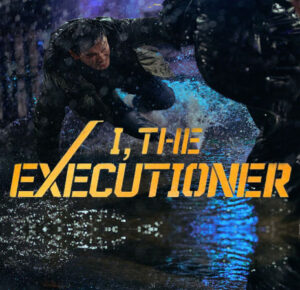
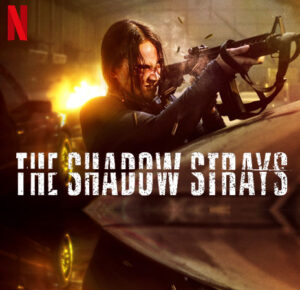


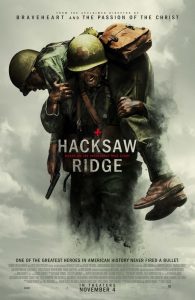
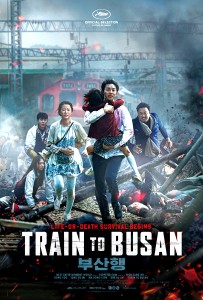
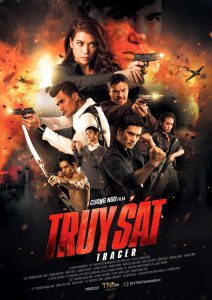
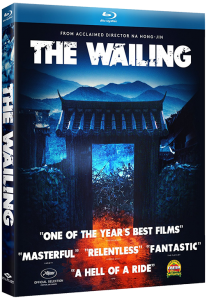
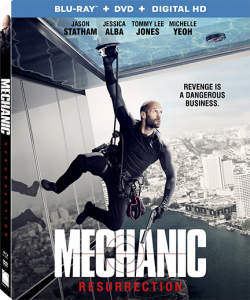


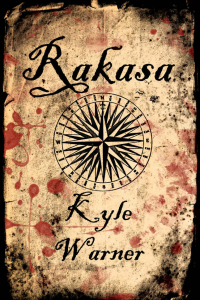
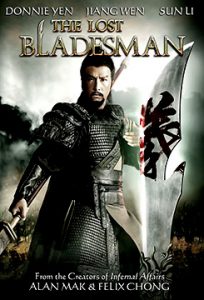
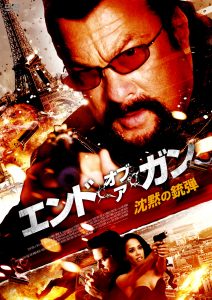
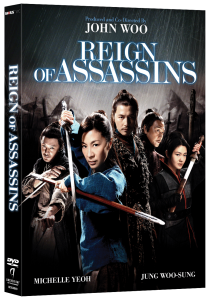
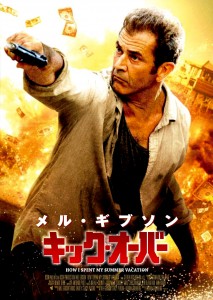
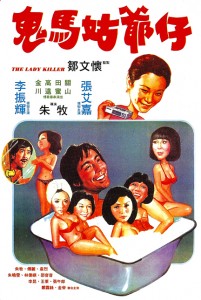
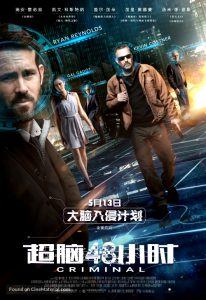




1 Comment